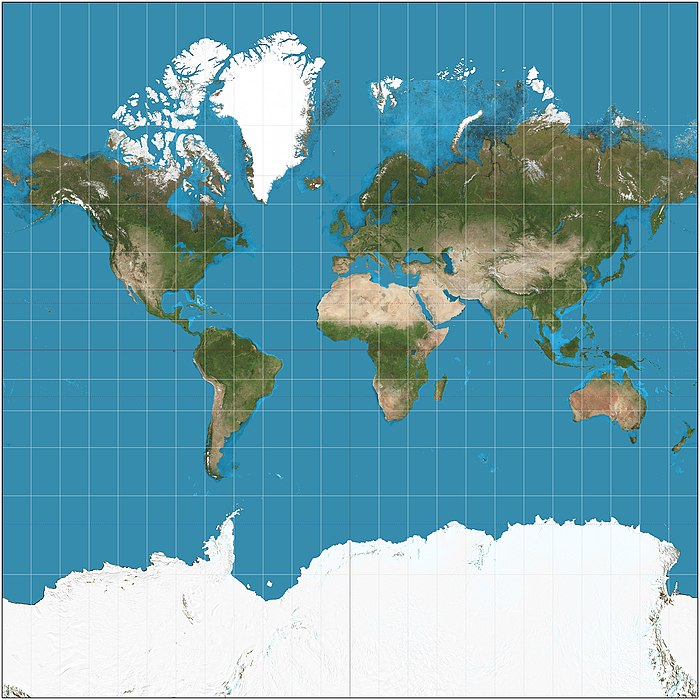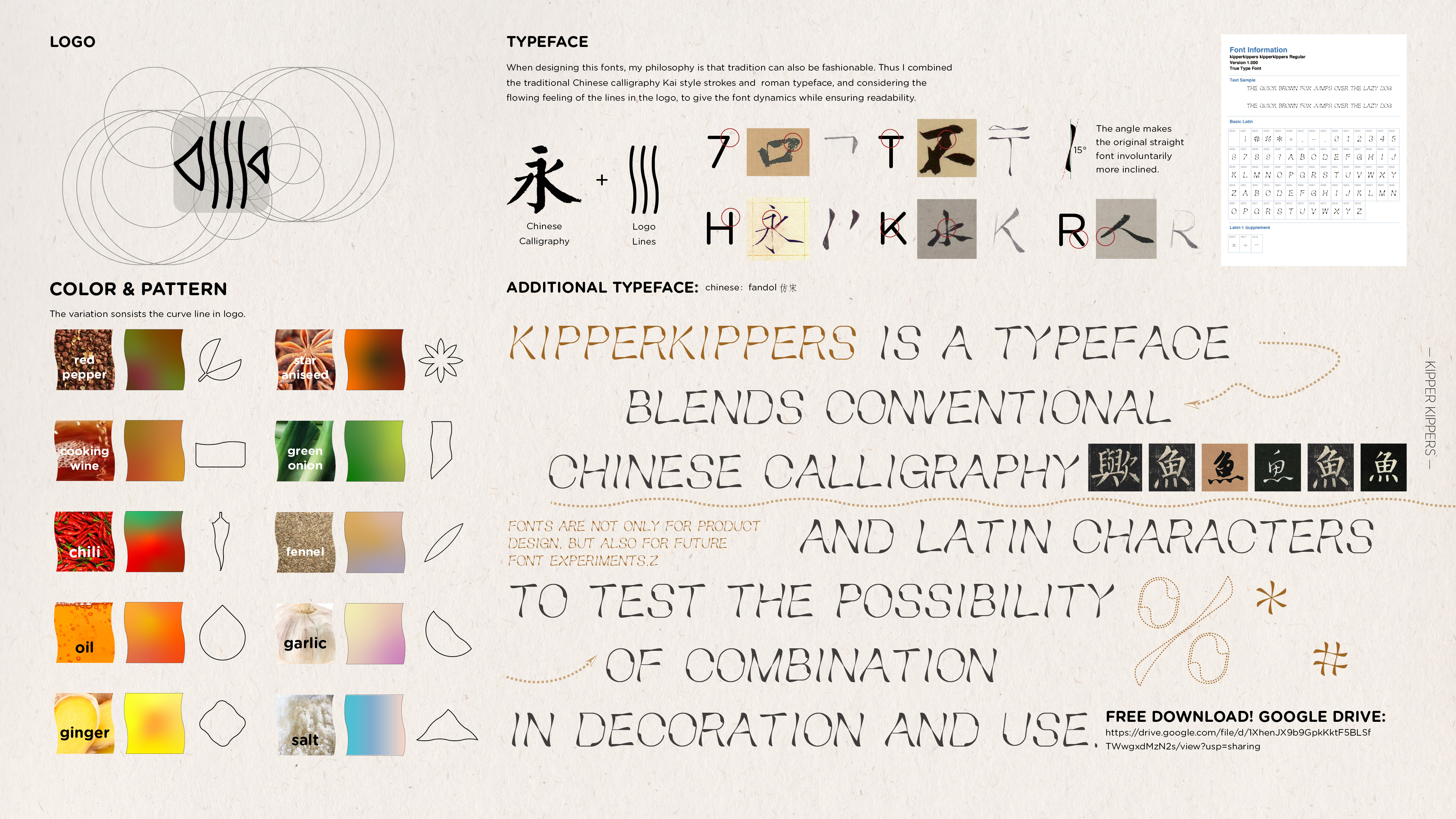She graduated from 🇨🇳 Tsinghua University (BA in Visual Communication Design) and the 🇬🇧 University of the Arts London with a MA in Graphic Media Design, where her research encompassed multi-ethnic communities, urban villages and smart cities.
Currently based in 🇺🇸 New York, open to relocate.
Cosmic Artist
by Jacinth XiangKeywords
Space, Art and Design, Iconology, Form, Audience, Author, Communication
From the genesis, humans began to stargaze, with the exploration of outer space has continued ever since. Artists have been drawn to the universe as a mysterious and enchanting being, creating masterpieces that have inspired generations of human exploration. As advances in technology, artists and scientists turn the possibility of uniting space and art into reality. By comparing the two main pieces, Pioneer Plaque (Fig. 1, NASA, 2021) and Sojourner 2020 (Fig. 2, Liu, X., 2020), reflecting my work KipperKippers and Bloom, this thesis seeks to discuss the paradigm shift between artistic subjectivity and the communication of objectivity in spatial art from an iconological perspective. When space institutions involve art and design for outer space missions, what is the impact of their concepts and methods, how do they work with the multiple definitions of audience? How do the conditions they set determine the various creative forms that emerge?

Fig. 1, Pioneer Plaque
Fig. 2, Sojourner 2020
Expression: Format & Function
The interdisciplinary collaboration between art and science defies the boundaries of design. Researchers provide reliable technology for creation, writers weave endless stories with lavish rhetoric, and artists utilize imagination and ingenuity to make space an art.
This methodological experimentation constitutes a relatively new field that has emerged from the interdisciplinary collaboration between art and science, challenging the boundaries of design. The original function of graphic design in the service of information remained unchanged since the Age of Discovery when maps were produced as trade documents. By using synthetic modes of representation such as the Mercator Projection (Fig. 3), graphic facilitated human inter-regional contact. Similarly, when humankind began to explore the outer space market, the graphic design still served to interpret and explain as a tool.

Fig. 3 Mercator Projection
Opportunities to travel far into space are precious and limited, which is the reason why the size of the current space artworks are tiny. Pioneer Plaque, for example, is only 15.24-by-22.86cm (6-by-9-inch), which is roughly A5 size (Fig. 4). And the individual pieces in Sojourner 2020 measure only the size of a dozen coins (1.0cm in diameter and 1.2cm in depth, Fig. 5). At such an exceptionally small scale, the readymades selected by the artist need to be extra-condensed, and the representation is far greater than the objects themselves. In concrete artefacts, designers are required to focus on ideology and methodology, the symbolization, the accuracy of content, and the choice of products and prototype. The consideration cannot be bypassed even when fleeing the earth.

Fig. 4 The Plaque Attached to Pioneer 10

Fig. 5 The Pocket of Sojourner 2020
Gombrich emphasizes in his book Aims and Limits of Iconology (1985, p.21): ‘Iconology must start with a study of institutions rather than with a study of symbols.’ Graphic design as a medium for indirectly conveying objects generates ambiguity inevitably. In the pursuit of outer space, humankind is not only confronted with the problem of completeness and precision of expression, but also with the risk of falling into agnosticism. The single-line approach in Pioneer Plaque is very realistic, but even the scientists who examined it could not quite get the meaning. Thinking beyond graphics, humans also ventured into more digital forms of transmitting the information. The artists of Sojourner 2020 use the part of readymades as their work, turning the action from an insistence on the complete generalisation of a certain expression of art. However, for people and aliens who do not understand, art and code are the same things. Massive codes that are decoded to form graphics still require further decoding after received. Such repetitive decoding work, seemingly to give the aliens an IQ test, creates a communication barrier.
According to Stuart Hall (1973,p.7), ‘The level of the connotation of the visual sign, of its contextual reference and positioning in different discursive fields of meaning and association, is the point where already coded signs intersect with the deep semantic codes of a culture and take on additional more active ideological dimensions.’ The process of encoding and decoding design is reflected in daily life as instruction, and the schematic representation of images is most synonymous with me when designing packages. For instance, my KipperKippers (Fig. 6) project used graphic icons to illustrate the condiments, while needing to fit in with the style and atmosphere of the overall design. Therefore, it is a headache as a designer to use the least visual language without sacrificing the content. The artists of Sojourner 2020 also remind me of my work Bloom (Fig. 7) in keeping balancing of the metaphor with the subtle expression of content while telling a clear story.

Fig. 6 KipperKippers!

Fig. 7 Bloom
As it is difficult for humankind to agree on things, there is no way of knowing whether an alien audience will understand graphics in a similar logic as a human. Graphic designers can only base the knowledge they have on what humans already knew about themselves. It is difficult for art and design to have universal value based on radically divergent cultural contexts. In total ignorance of an unknown planet, the boundaries between image, language and code become blurred.
Object: Audience & Author
Moving artworks into cosmic dimensions achieves a breakthrough beyond the art realm, allowing space to become a field of artistic experimentation. The voyage of artefacts in outer space is ephemeral, though the vast universe of all living has a fragile and transitory nature. It is apparent that art cannot define the space but only affect the audience.
The term audience in the art and design field is a unique being. Jan Van Toorn once claimed that the designer of the message stand in between the sender and the receiver (2015, pp.25-26). Whereas designers take the target group into account, as a conceived radiating reaches on design objects. It is interesting to note the assumptions that space artists make about their audience. Based on an awareness of the immensity of space and the insignificance of humankind, the influence on the viewer will become easier to comprehend. Artists cannot deny that a significant portion of the spectators for their creations come from the globe. Space provides a performance stage, allowing the impact to be no longer confined to the terrene, to enable critical reflection and articulation.
Moreover, outer space provides the artists with a plausible and intriguing context, adding a space filter to the artwork. Artists fantasize about having an audience from the outer, even just one. As Carl Sagan, the creator of Pioneer plaque hoped ‘alien civilization who might encounter the craft to know who made it and how to contact them.’ (NASA, 2018) While space art thirsts for an audience, it also raises questions to those on earth. The personal presence of art in Sojourner 2020 queries the modes in which we, as a collective species, communicate our independent existence beyond earth. Will individual memories shine brighter or fall flattered in the macrocosm? The object of the exploration ultimately comes back to us, to the life on this blue planet. Space is like a blackboard, the words written by humans will eventually be erased by time, but the intellectual faith will remain.
Conclusion
With the development of technology, the future is coming. Art needs to rethink the forms and expressions in a renewed contextual tone. However, this thesis is unable to encompass the entire discussion of design in outpacing. The relevance of traditional design is challenged with the leadership of art as a pioneer of the time. In the decade when art is doubted to be dead, space offers a new way of thinking, a new possibility for creation. At the current growth rate, if humankind does not disappear soon, there will be more artefacts reaching out into the universe, and that day is just around the corner.
References
- NASA Solar System Exploration. 2021. Pioneer Plaque | NASA Solar System Exploration. [online] Available at: <https://solarsystem.nasa.gov/resources/706/pioneer-plaque/> [Accessed 4 January 2021].
-
Liu, X., 2020. Sojourner 2020 | An International Art Payload To ISS – MIT Media Lab. [online] MIT Media Lab. Available at: <https://www.media.mit.edu/posts/sojourner-2020/> [Accessed 20 December 2020].
-
Gombrich, E., 1985. Symbolic Images. Oxford: Phaidon, p.21.
-
Hall, S., 1973. Encoding And Decoding In The Television Discourse. Birmingham: Univ. of Birmingham, p.7.
-
Xiang, J., 2021. Jacinth Xiang's Portfolio. [online] Jacinthxiang.github.io. Available at: <https://jacinthxiang.github.io/> [Accessed 4 January 2021].
-
Crouwel, W., Huygen, F. and Toorn, J., 2015. The Debate. New York, NY: Monacelli Press, pp.25-26.
-
Malina, R., 1991. In Defense of Space Art: The Role of the Artist in Space Exploration. International Astronomical Union Colloquium, 112, pp.145-152.
-
Carroll, M., 1982. Space Art: The Impact of Space-Age Technology on Representational Art. Leonardo, 15(3), p.210.
-
Hall, C., 1975. Pioneer 10 and Pioneer 11. Science, 188(4187), pp.445-446.
-
Malina, R., 1991. In Defense of Space Art: The Role of the Artist in Space Exploration. International Astronomical Union Colloquium, 112, pp.145-152.